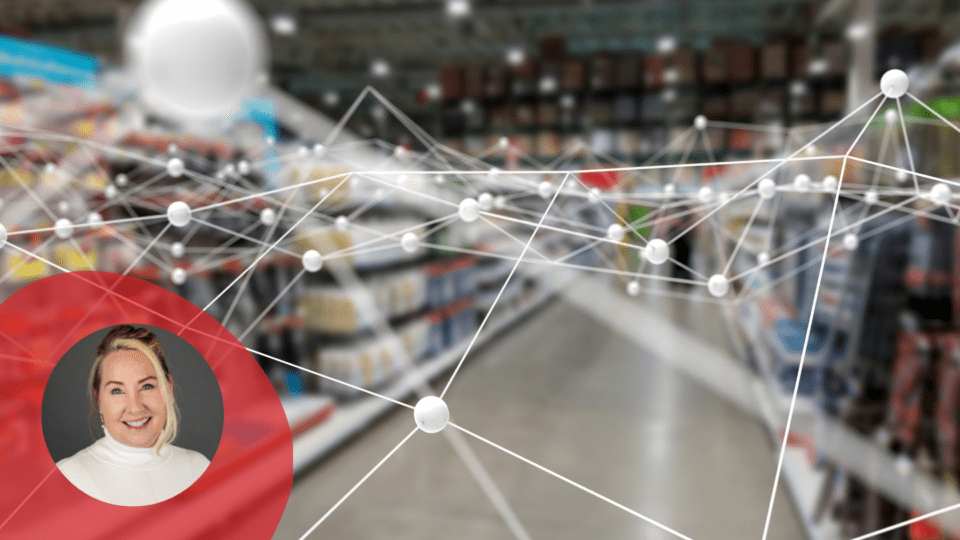For as long as shrink has been an issue in retail, it’s primarily been tied to human mistakes or crime. Theft, store associates mislabeling items and products getting damaged in a warehouse or store are three human examples that unfortunately impede profits. These reasons are why retailers consistently turn to technology for help.
Some ways retailers have turned to technology for shrink reduction include RFID tags on products to cut down on theft, robots in aisles to check labels and automated pickers in the warehouse to lower the risk of damaging products. Retailers are also testing autonomous delivery vehicles on the roads and drones in the air to avoid wrongly delivered items.
All these technology examples play a part in reducing shrink. Now add to that list store intelligence that provides analytics and store-level strategies.
In fact, in the 2022 National Retailer Security Survey from the National Retail Federation (NRF), nearly nine in 10 respondents said analytics, and store and business intelligence, are what’s needed most to help fight shrink and bolster loss prevention teams. Essentially, a smarter store can shine a light on shrink and recommend ways to prevent and limit losses.
Advertisement
Shrink Costs Billions
According to the NRF security survey, the retail industry lost nearly $100 billion in 2021 due to shrink. The report said, in line with the last five years, that the average shrink rate in 2021 was 1.4%.
However, when that percentage is factored into the number of total retail sales in 2021, shrink equals $94.5 billion in losses, an increase from $90.8 billion in 2020. The good news is the retail industry has been able to maintain a steady rate of shrink, but there’s work to be done to stem unnecessary losses.
NRF’s study said the largest contributor to shrink is external theft through organized retail crime, and 2021 saw an increase in incidents of 26.5%. To combat this, more than half of the retailers surveyed are increasing budgets to invest in technology that boosts loss prevention units. AI-powered analytics are expected to play a major role in how retailers look to limit losses through more efficient operations.
Smart Stores Can Save Billions
In the fight against shrink, leveraging store intelligence to operate a more efficient store may not sound as exciting as an autonomous security robot rolling down aisles or AI-powered video analytics at self-checkout machines, as the NRF security report highlighted, but it can be an effective tool. Machine learning and AI can work to reduce shrink by:
- Identifying mislabeled products: It can be an almost unrealistic task to ask a store associate to walk an aisle and scan for labeling and inventory errors. Human eyes scan slowly, get tired within minutes and bring bias to the situation. Hand the task over to computer vision on a tablet or on a continual basis with a fixed camera, and in less than a second, through AI-powered analysis of the shelf captured through computer vision, any mislabeled products or wrongly placed items are identified.
- Monitoring out-of-stock inventory: Again, with computer vision and AI, cameras mounted on ceilings, shelves or a store associate’s mobile device can monitor shelves for out-of-stock situations. The technology reads gaps in the shelves, and via automation supplies a readout on why that inventory is not on the shelf, whether it is in the store or further up the supply chain. The analytics can help stores rapidly restock when possible, and if not, strategize around why a product is missing and track back to whether anything is tied to shrink or theft.
- Correcting phantom inventory: Retailers can be thrown for a loop when their inventory reporting shows a product is physically in stock but it’s not actually in the store. It’s called phantom inventory, and where AI-powered platforms can step in is by helping to track the product’s lifecycle. However, it can also support staff by recommending next steps. When the tech reads that a product is out of stock, the AI modeling can also project how many dollars are lost annually from the out-of-stock products and suggest ways to recoup the lost dollars. In this way, AI offers immediate action.
Efficient Stores Reduce Shrink
The greatest weapon against reducing shrink is technology that helps retailers run an accurate and efficient store. Machine learning algorithms deliver real-time actionable feedback on inventory inaccuracies and planogram compliance issues.
Through automation and AI, retail teams can make strategic decisions based on shrink faster than ever before. The technology removes inefficiencies at a store-by-store level and arms retailers with the intelligence required to identify issues and react fast. A smoother operation can limit shrink where controllable.
Of course, technology can’t solve every problem — someone may nab a pack of gum from time to time — but retailers are getting creative at fighting back. Working alongside robots and tracked packaging, AI and machine learning can help support loss prevention teams and reduce shrink.
Barbra Chase is the VP of Global Sales, Store Intelligence for ReTech/SymphonyAI Retail CPG. In her role, she leads the AI mobile solution sales strategy and business development to expand market presence. Chase joined ReTech Labs, acquired by SymphonyAI, in 2022 and is an experienced software sales executive with deep roots in the grocery technology space over the past seven years.




